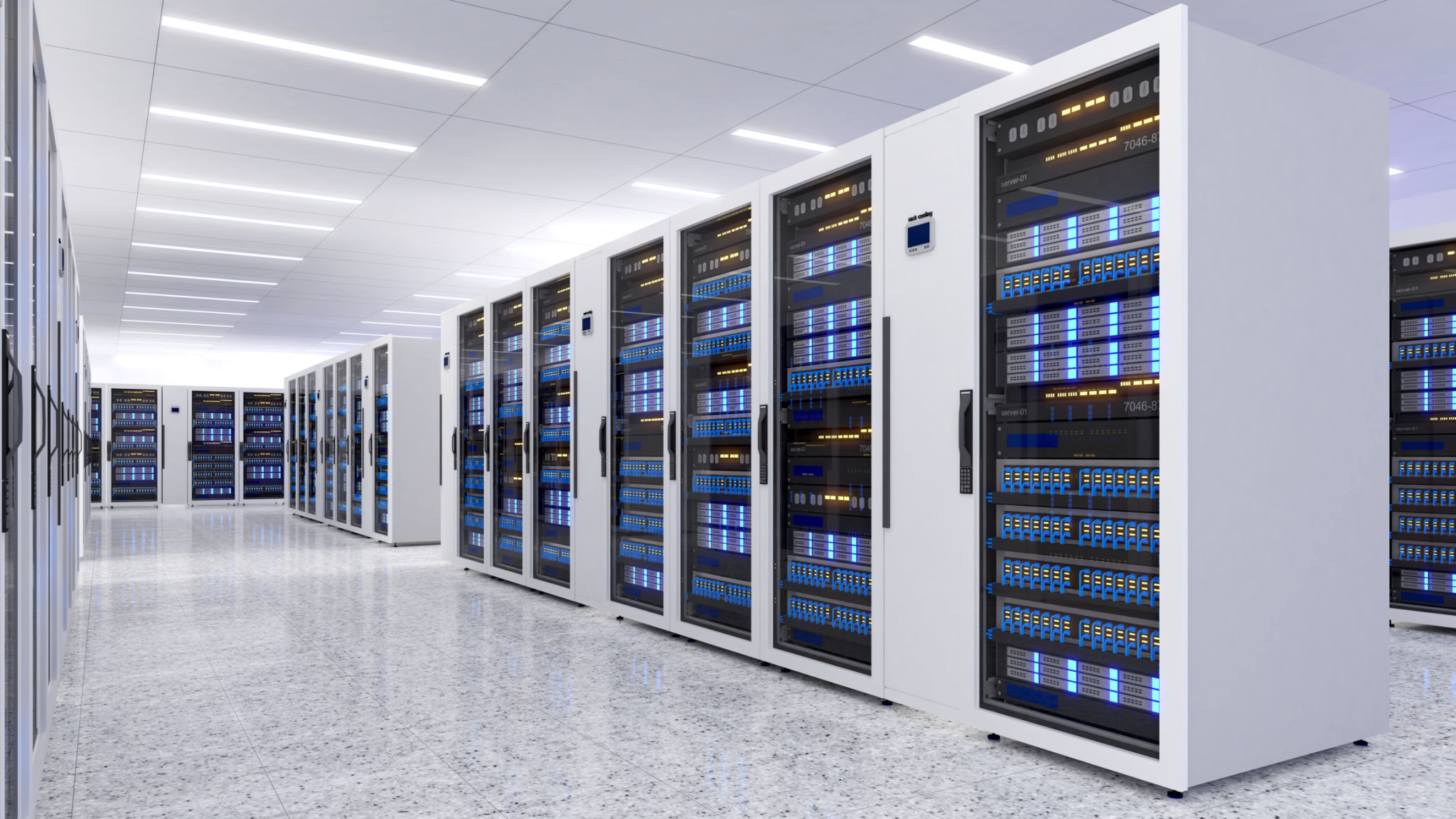How Seasonal Changes Impact IT Infrastructure Needs in Southern California
Understanding Seasonal Variations in Southern California
Southern California, known for its pleasant weather and sunny days, may not seem like a region where seasonal changes significantly impact IT infrastructure. However, the subtle variations in climate and environmental conditions throughout the year can present unique challenges for businesses reliant on technology. From temperature fluctuations to unexpected weather events, understanding how these factors influence IT needs is crucial for maintaining seamless operations.
While Southern California doesn't experience the extreme weather typical in other regions, the transition from one season to another can still affect IT systems. Businesses must be prepared to adapt their infrastructure to handle shifting demands and potential disruptions. Let's explore how these seasonal changes impact IT infrastructure needs and the strategies companies can employ to mitigate risks.

Temperature Fluctuations and Cooling Requirements
One of the primary concerns for IT infrastructure in Southern California is managing temperature fluctuations. During the warmer months, especially in summer, temperatures can soar, leading to increased cooling requirements for data centers and server rooms. Overheating can lead to hardware failures, data loss, and system downtime, which can severely impact business operations.
To address this, businesses should invest in energy-efficient cooling systems and regularly maintain their HVAC systems to ensure optimal performance. Implementing environmental monitoring tools can also help IT teams track temperature variations and respond quickly to any anomalies.
Winter Considerations
On the flip side, during the cooler winter months, businesses might experience reduced cooling needs but should remain vigilant about humidity levels. Excessive moisture in the air can lead to condensation inside equipment, posing a risk to sensitive electronics. Utilizing dehumidifiers and ensuring proper ventilation can help mitigate these issues.

Preparing for Unpredictable Weather Events
Though rare, Southern California does experience occasional weather events such as heavy rains or Santa Ana winds, which can disrupt power supply and connectivity. These occurrences highlight the importance of having a robust disaster recovery plan in place. Power outages can lead to data loss and operational setbacks if not properly managed.
Investing in uninterruptible power supplies (UPS) and backup generators can provide a temporary power source during outages. Additionally, businesses should regularly test their disaster recovery plans to ensure that data backups are up-to-date and recovery processes are efficient.
The Role of Cloud Solutions
Incorporating cloud solutions into IT infrastructure can offer additional resilience against seasonal disruptions. Cloud services provide scalable resources that can be accessed remotely, reducing dependency on physical infrastructure that may be affected by local weather conditions. This flexibility allows businesses to maintain operations even during adverse weather events.

Adapting Network Connectivity
As seasonal changes influence the demand for network resources, businesses must ensure they have adequate bandwidth to handle variations in usage patterns. For instance, increased remote work during certain times of the year might require enhanced network capacity and robust cybersecurity measures.
Regularly assessing network performance and optimizing bandwidth allocation can help prevent bottlenecks and ensure smooth connectivity. Implementing advanced security protocols will also safeguard against potential cyber threats that may arise from increased online activity.
Conclusion: Proactive Management is Key
In conclusion, while Southern California's climate may seem mild compared to other regions, its seasonal changes still necessitate proactive management of IT infrastructure. By understanding and addressing the impacts of temperature fluctuations, unpredictable weather events, and shifting network demands, businesses can enhance their resilience and maintain seamless operations. Staying ahead of these challenges requires regular infrastructure assessments and strategic investments in technology solutions tailored to the region's unique environment.